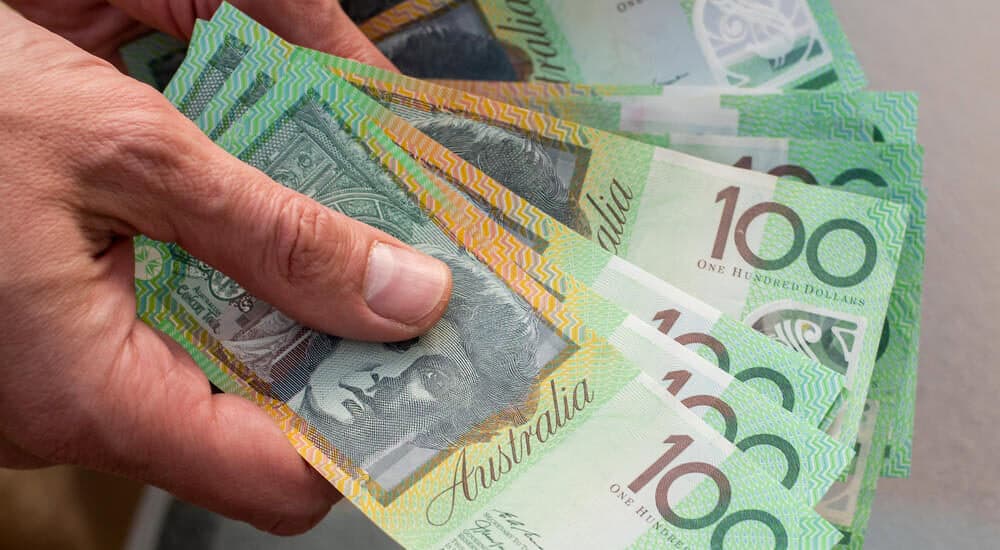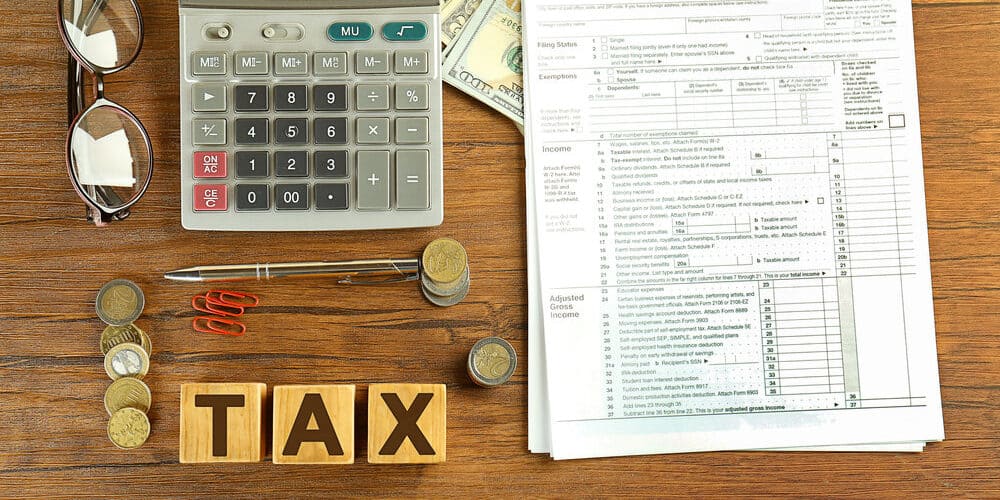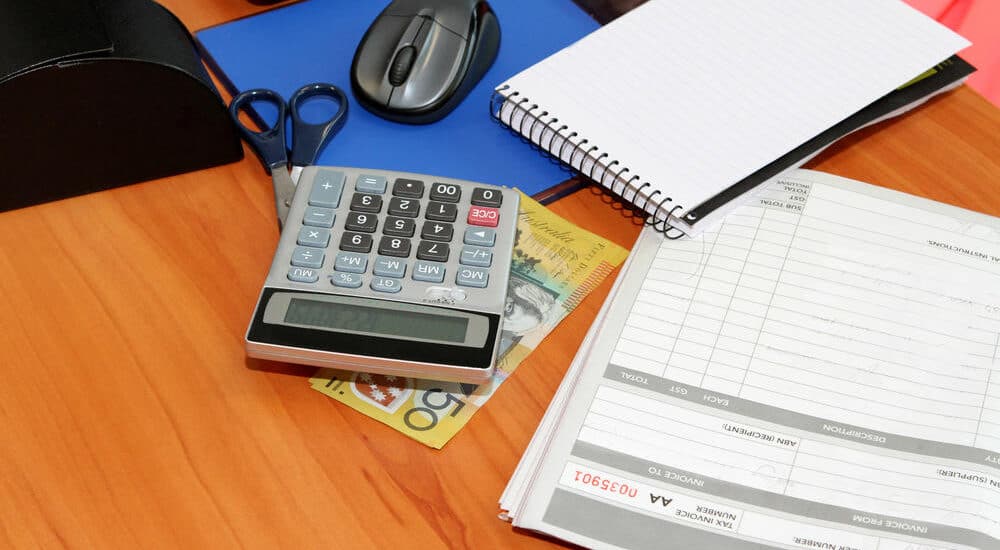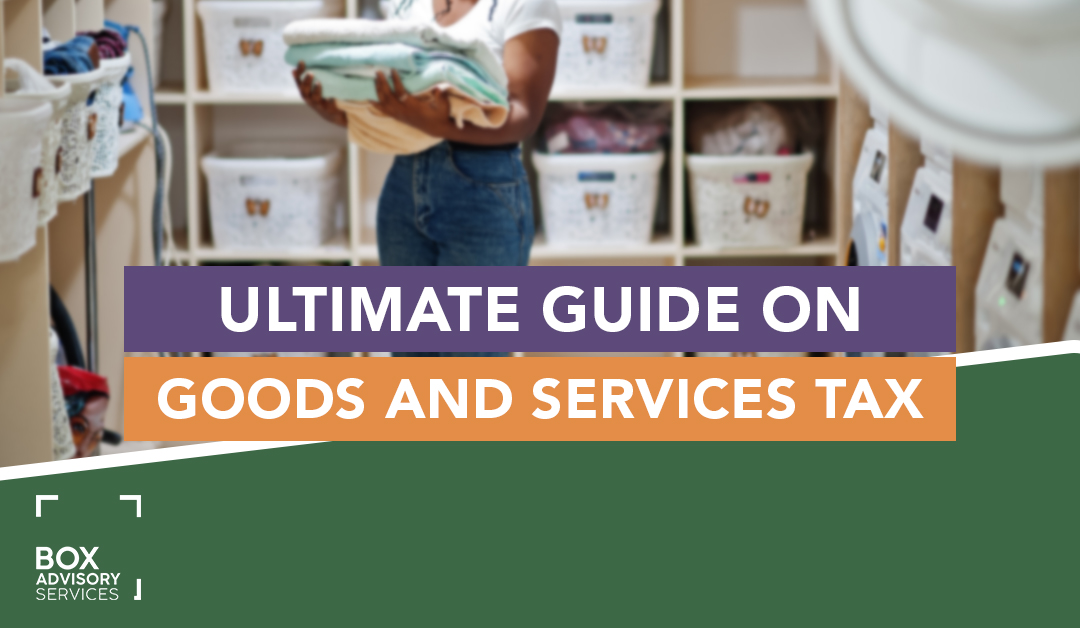
BY
|
The Ultimate Guide on GST
Goods and Services Tax or GST is a tax that applies to most goods and services sold in Australia.
It’s an important tax for businesses to understand so they can calculate the amount of GST on their products, register for it if necessary, and then pay it!
If you’re not sure if your business needs GST, do any of the below apply to you?
- Do I sell goods?
- Am I providing services?
- Do I provide both goods and services?
If you answered yes to any of these questions, then it’s time to get clued up on everything you need to know about GST.
Our ultimate guide will show you everything you need to know about the GST tax system, including how it impacts your business, when to register for GST and how to claim your GST credits.
What Is GST?
Commonly known as GST, Goods and Services Tax is the tax levied by the Australian Government at a flat rate of 10% on most goods and services distributed across Australia.
How & When To Register for Goods and Services Tax
You’ll be required to register for GST in the following circumstances:
- when your business has an annual turnover of $75,000 or more;
- when your non-profit organisation turns over $150,000 or more per year;
- when your business offers a rideshare service such as Uber and taxi or limousine travel (regardless of whether or not annual turnover is more than $75,000); and
- when you want to claim fuel tax credits for your business.
So, if you fall into one of these categories, you’ll need to do the following:
- register with for GST – you can register through a registered tax agent such as Box Advisory Services; and
- lodge a quarterly business activity statement – once you’ve registered for an Australian business number (ABN) and GST, the ATO requires you to lodge a BAS once a quarter rather than once a year.
How Does GST Work?
Price of goods/services x 10% (GST flat rate) = GST
For example, if you own a GST-registered business and you charge $220 for a specific good or service, your customer will end up paying $242:
$220 x 10% (GST flat rate) = $242
You’ll then have to pay the 10% ($22) directly to the ATO.
There are, however, some goods and services that must be provided GST-free, including:
- basic food products such as bread and milk;
- some educational courses;
- medical products and services; and
- health and care products and services.
If you buy supplies for your business operation from a GST-registered supplier, you’ll be charged 10% Goods and Services Tax. However, you’ll be able to claim this back as a GST credit.
What is a GST Credit?
To claim GST credits, you must be:
- registered for GST; and
- purchasing goods or services to use in your business.
You can claim your GST credit when lodging your BAS statement. The ATO will balance your GST credits against the GST that you’re required to pay, and you’ll either receive a reduced GST bill or a refund.
How To Calculate your GST obligations
The GST formula is simple: you calculate your GST obligations by comparing the amount you paid to the amount you collected from the sales of goods or rendering of services:
GST received – GST paid = GST obligations
For example:
In the last quarter, Lucy’s small business collected GST worth $3918.47 and paid $1782.42.
So, she’ll end up having to pay the following amount to the ATO:
$3918.47 – $1782.42 = $2136.05
If Lucy paid more GST than she collected, the ATO would have to pay her a refund.
Charging GST on Goods and Services: the Tax Invoice
If your business makes a taxable sale of more than $82.50 (GST included), you must issue your customers with tax invoices that disclose the GST component.
Below are the seven important elements that should be included in your tax invoice:
- An indication the invoice is intended to be a tax invoice;
- your details (as the seller of goods or services);
- your ABN number;
- invoice date;
- description of the goods sold or services rendered and the price;
- the GST amount; and
- the total cost of the tax invoice.
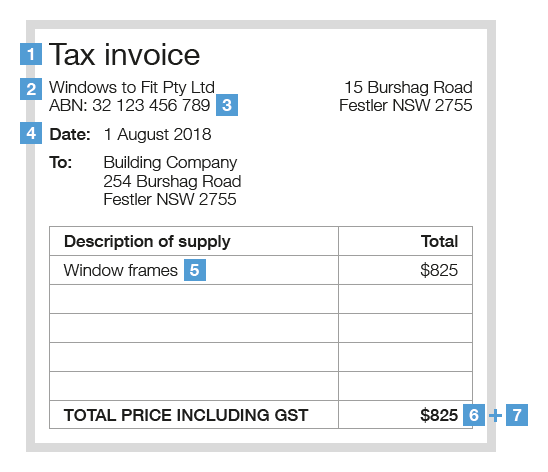
And if you purchase goods or services from a supplier for your business to the value of $82.50 or more, they must supply you with a tax invoice so that you can provide proof for your GST credit claim.
Record keeping is super important if you want to make the most of your GST credits, so make sure you keep track of all your taxable sales and taxable supplies and business
purchases.
Accounting For GST: Cash and Accrual
According to the Australian Taxation Office (ATO), there are two methods of accounting for GST:
- on a cash basis; or
- on an accrual basis (non-cash).
If you’re reporting on a cash basis, your business must pay GST once it has received payment into your bank account for the goods supplied or services rendered.
However, if you’re reporting GST on an accruals basis, your business is paying GST as soon as you’ve invoiced for goods or services.
So, if the payment term is 60 days, your business is paying GST before receiving money after the 60-day term.
Most larger businesses must use the accrual GST accounting method. Whereas small businesses can choose to use either the cash method or the accrual method.
For example:
A graphic designer contractor has agreed to engage with a client to offer their services for $110,000 based on a 60-day payment term.
The graphic designer is potentially facing paying $10,000 in GST before even receiving full payment for the $110,000.
That’s $10,000 less in cash that could be potentially used on business needs if you have cash flow issues.
On the other hand, if it was a large graphic design company that services an extensive portfolio of clients, paying $10,000 GST immediately won’t necessarily affect their cash flow.
Key Takeaways
GST is a 10% tax levied on the sale of most goods or services sold in Australia.
Suppose your business (other than Uber Drivers and not-for-profit organisations) turns over more than $75,000 per year. In that case, you’ll have to register for GST and submit your GST obligations with your quarterly BAS statement.
The good news is that if your business pays GST on any goods and services purchased for its operations, then you’re eligible to claim a GST credit.
Navigating GST for your business can be complex – especially if you’re new to the game and starting a new business.
So, if you need help registering for GST or lodging your BAS statement, you can reach out to us at Box Advisory Services.
Our mission at Box Advisory Services is to help guide our contractors, and small business owners make better decisions, maximise their tax benefits and stay on top of their ATO obligations and GST liability.
Simply book a FREE consultation with us or give us a call to discuss how we can help you.
Disclaimer:
Please note that every effort has been made to ensure that the information provided in this guide is accurate. You should note, however, that the information is intended as a guide only, providing an overview of general information available to property buyers and investors. This guide is not intended to be an exhaustive source of information and should not be seen to constitute legal, tax or investment advice. You should, where necessary, seek your own advice for any legal, tax or investment issues raised in your affairs.

